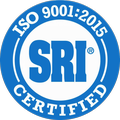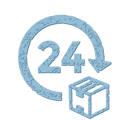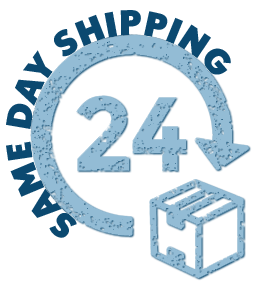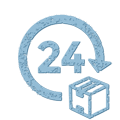Eagle Alloys Corporation (EAC) is the leading global supplier of High Density Machinable Tungsten Alloy sputtering targets. EAC can offer a wide variety of sizes in High Density Machinable Tungsten Alloy sputtering targets and can supply custom target sizes with short lead times. Eagle Alloys Corporation is an ISO Certified Corporation and have been supply the highest quality High Density Machinable Tungsten Alloy sputtering targets for over 35 years. Please contact our courteous sales team to assist you.
Tungsten sputtering targets are typically supplied to meet the requirements of to meet the requirements of ASTM-B-777 Class 1, 2, 3, and 4, MIL-T-21014, AMS-T-21014, AMS 7725 Type 1 and Type 2. Custom grades available upon request and per customer specifications.
Eagle Alloys can supply alloys ranging from 90% to 97% Tungsten and contain nickel, copper and or iron binders for applications where high density and machinability are required. We can supply magnetic as well as non-magnetic Tungsten Alloys.
High Density Machinable Tungsten Alloys typical applications include weights, ballast, balancing rotating systems for aerospace and race cars, boring bars, sinker bars, crank shafts, radiation shielding, medical imaging, high precision tools, darts, lead replacement, collimator, and oil & gas drilling applications.
High Density Tungsten Alloys are made produced by a process called powdered metallurgy. This is a technique where tungsten powder is mixed with nickel, copper (non-magnetic) or iron (magnetic) powder or some other binder elements. It is then compacted, and liquid phase sintered. The result is a very high density machinable material having a homogeneous structure with no grain direction. This provides a material with unique applications and physical properties. Parts made from this material are intended for uses such as weights or counter-balances in static or dynamic balancing, high-speed rotating inertia members, radiation shielding, hypervelocity impact, and vibration-damping applications. In selecting the appropriate alloy for a given application, it is important to note that as the tungsten content of the alloy is increased, stiffness, radiation attenuation, and density increase with an accompanying decrease in attainable ductility. These alloys may contain elements that make them magnetic. Customers should specify if they require a non-magnetic alloy. According to the ASTM specification, non-magnetic material is defined as material having a maximum magnetic permeability of 1.05.
Note: Finished part drawings may be forwarded to a third party for outsourcing.







